5 surprising things about smartphone use in China
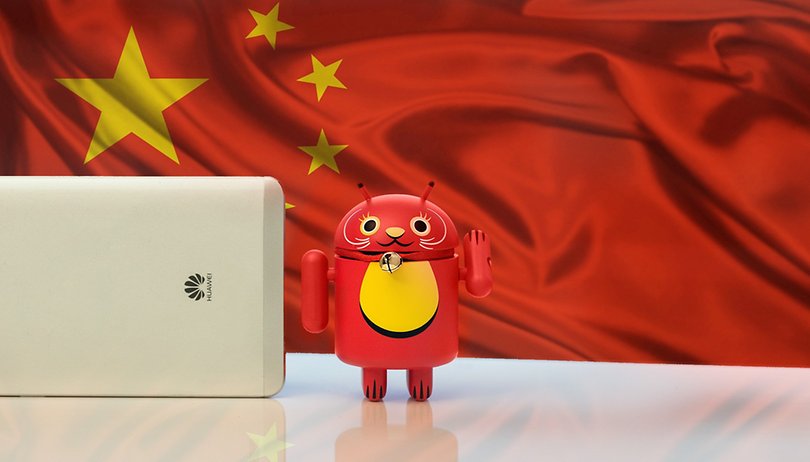

China is in many ways ahead of us with technology. Which may be surprising if you mainly associate the country with cheaper or even fake smartphones. This article discusses some interesting differences to help you get to know the ways in which the smartphone ecosystem has developed there.
Cultures and trends determine our ways of living, and it can be very different depending on where in the world you are. In China, people are now paying for things mostly with their smartphones. Do you use your device to make payments? If so, how often? And are you familiar with QR codes?
You may joke about China producing fake goods or cheaper smartphones from Gearbest, or hear in the news about the exploitation of workers at Apple or Foxconn. But it's important to know that China is actually ahead of us in many ways.
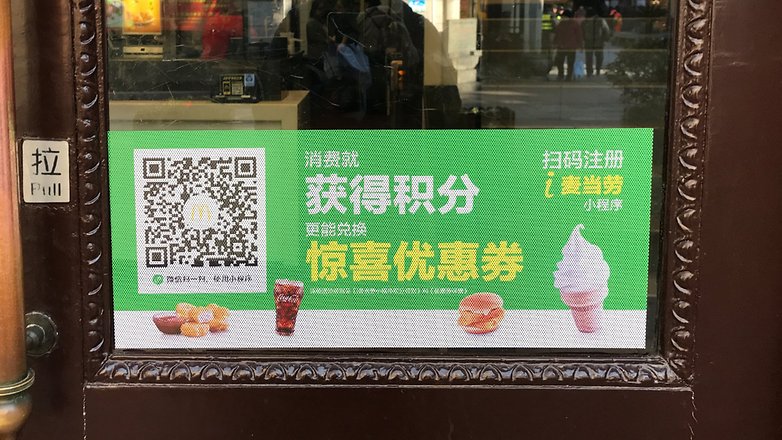
QR codes are huge
Wherever you look in Chinese cities, you will find QR codes which are extremely practical and used by establishments and also on business cards, for example. They are absolutely essential to the economy. Paying for things, sending money to others, you name it: it’s probably using this code.
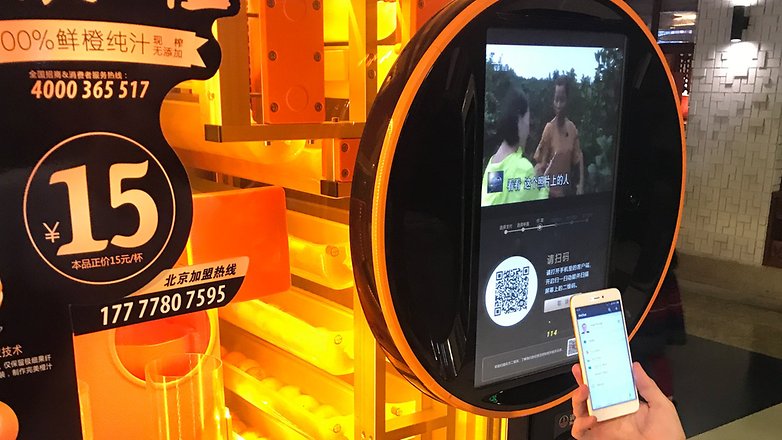
In addition, you don't have access to the Play Store in China. So when you need to download an app from some kind of service, you do it with QR code.
Banks are not the only ones dealing with money
In the US, we have digital payment services such as PayPal, Google Wallet, Amazon Payments etc. All of which are only used occasionally by most, and are not generally used off the internet. They are also limited in the services they offer. This is not the case however in China, where AliPlay, WeChatPay and other companies play a huge role in peoples daily lives.
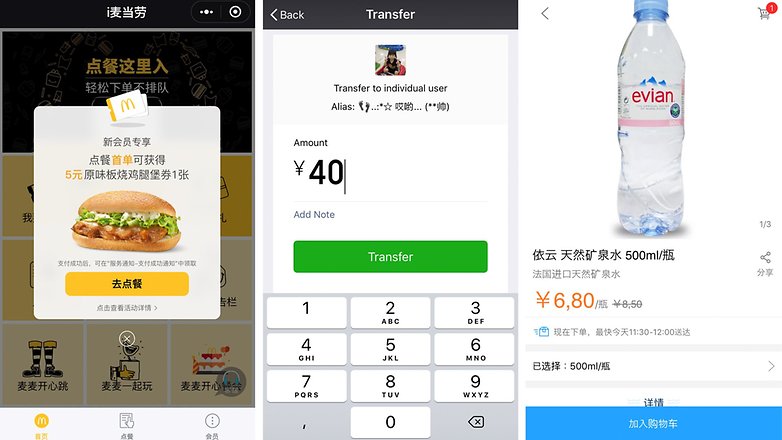
With the availability of these apps, the Chinese barely use banks because they pay for items, transfer money to others and even pay their bills using these services.
Card payments are not the norm
If you try to go to many restaurants in China and pay for something with your card, younger staff wouldn’t know what to do with the piece of plastic. Jokes aside, you could pay with cash, although you will be met with a disgruntled look. This is simply because paying for things with your phone is standard procedure.
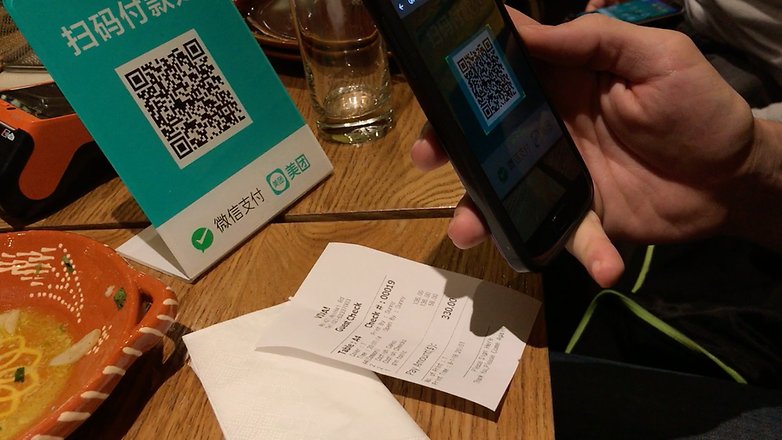
Smartphones are part of their everyday routine, from buying a bus ticket and paying for road tolls, to getting a drink from a machine. The Chinese have essentially skipped past the idea of using cards and began using mobile payments straight away. In the future, payment with QR codes and smartphones may even be phased out, as Alibaba's supermarket chain Hema is allegedly working on payment with facial recognition.
WhatsApp and Facebook are non-existent
If you cannot live without WhatsApp or Facebook, it’s not a good idea to move to China. With the governments high control over what citizens do, these companies are not viewed in the best light. Almost everything has a national equivalent.
For example social network QQ replaces Facebook, instead of Uber, there is Didi for private transport, searches are made through Baidu rather than Google, Tinder is TanTan, and Twitter is Weibo.
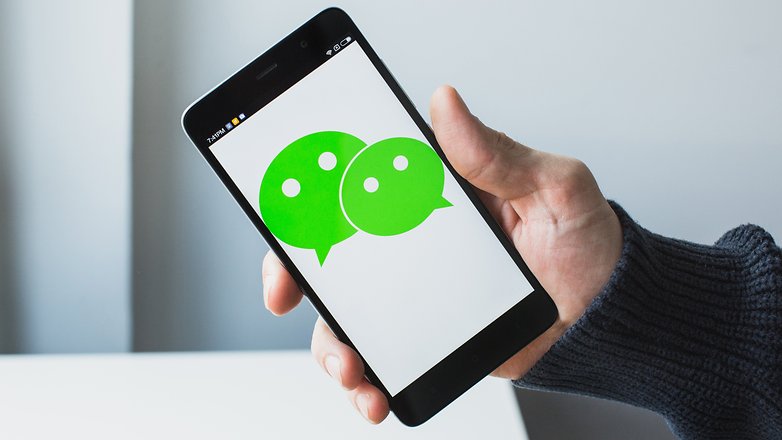
Instead of WhatsApp, they have WeChat, a highly popular app that also incorporates WeChat Pay, which as mentioned previously is the preferred method to pay for almost anything. WhatsApp have in the past thought about a similar concept, but nothing was developed.
I've tested WeChat for a while, and it's a cool app in many ways but limited compared to WhatsApp. There is no message information displayed so you will only be able to see and respond to messages when you open the app. But I thought the emojis were really cool because they are animated!
Xiaomi is a big player in the smartphone market
Of course, Apple is huge in China as you’d expect, but the Chinese manufacturer Xiaomi is not far behind. And they don’t only make smartphones either. Some of you may already be aware of the companies product line, but those who know little about the brand will be surprised to know what else the company produces.

Toothbrushes, water and air purifiers, sneakers, safety sensors, smart lamps, backpacks, light fixtures, electric bikes and various security cameras are all produced by Xiaomi.
Brands known in the US, such as Samsung, Sony and LG are virtually non-existent, and in addition to the very popular Apple and Xiaomi phones, you’ll also find many handsets from Huawei, Oppo and Vivo.
Do you think we'll be paying with our smartphones more in the future? Do you think paying with facial recognition will become a thing? Let us know what you think.






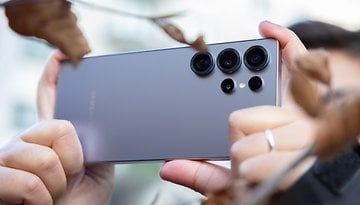









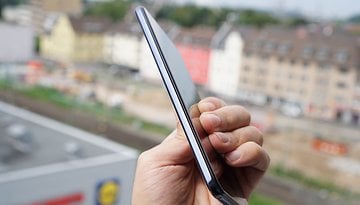



fine for coming future using.